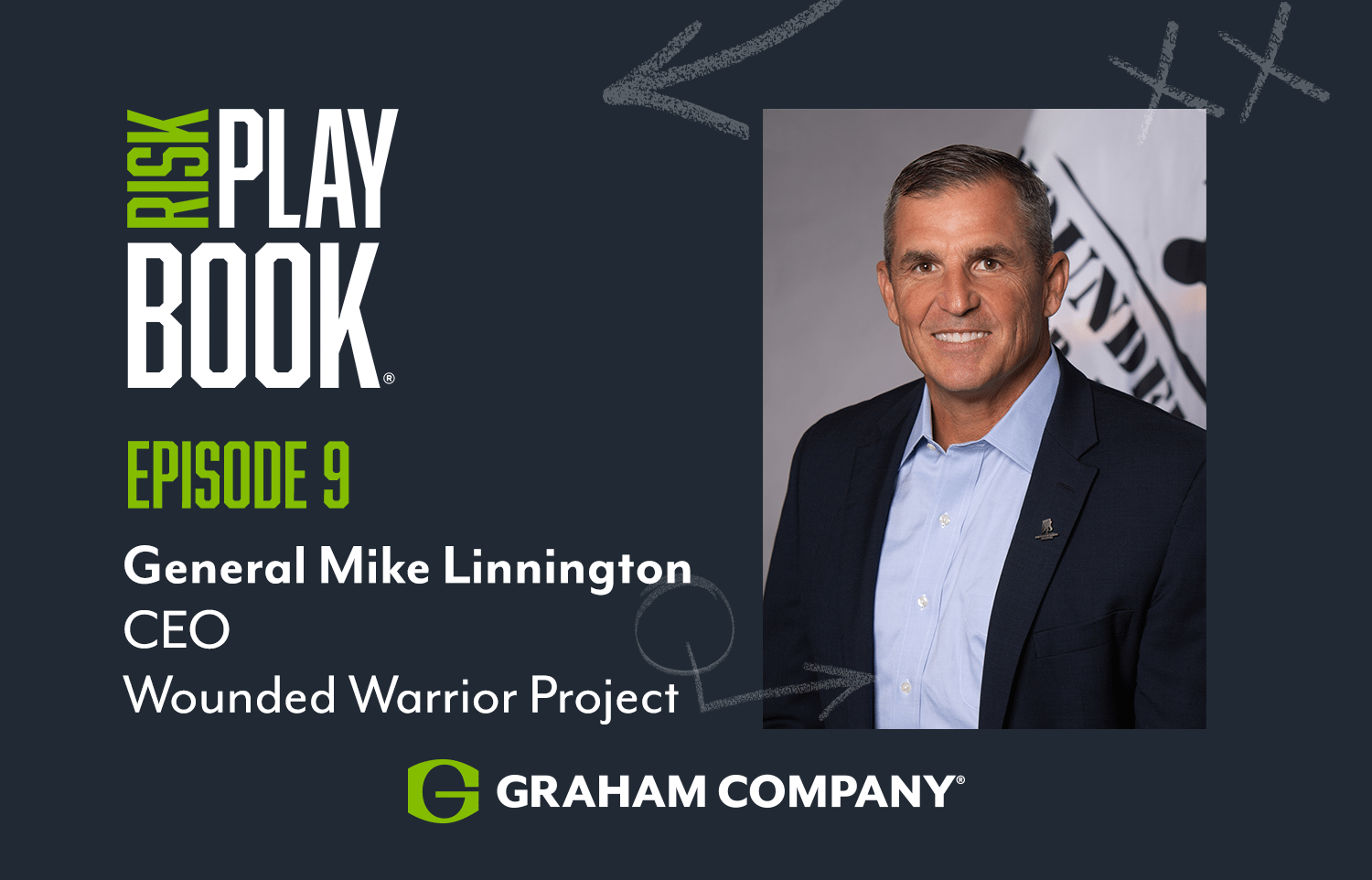After a difficult stretch for the last several years, many companies are finally in a position seek strategic opportunities for growth. One such opportunity is to grow by acquisition. While acquisitions can be a terrific way to help your business reach new heights, they aren’t something you should go into blind-folded. If this is an option that you are considering, you have to be aware of all of the potential M&A insurance pitfalls that lie ahead. Two of the most important ones are accurately projecting future costs and protecting your company from uncovered claims.
Historical Costs vs. Future Costs
Given that the purchase price of a company is typically a multiple of Earnings Before Interest, Taxes, Depreciation and Amortization (EBITDA), determining historical and projected insurance costs directly impacts the purchase price and the expected return on your investment. The most common challenges related to historical and projected costs are a result of uncovered exposures (such as failure to purchase Employment Practices or Pollution Liability coverage), gaps in coverage and escalating claims costs. Failure to properly analyze and account for any of these factors can result in unbudgeted cost increases once the transaction closes. Also, identifying increased costs in the future can be used to negotiate a purchase price adjustment. For example, at a multiple of seven times EBITDA a $400,000 difference in future insurance costs would result in a purchase price adjustment of $2.8 million.
Uncovered Claims
Another challenge to be cognizant of is uncovered claims. Many times acquisitions involve one company buying another company’s stock. However, when you do this you aren’t only buying assets – you’re also buying liabilities. Therefore, you need to make sure you’re fully informed on all of the details regarding these liabilities. The last thing you want is to acquire a company, be served with a lawsuit pertaining to an issue that occurred prior to you owning the company and have it result in the unforecasted financial burden of an uncovered claim.
What You Can Do
One of the best ways to accurately project future costs and identify any potential uncovered claims is by making sure your insurance broker is part of the process from beginning to end. You need an expert to provide you with a critical and comprehensive analysis of the situation. This will enable you and your team to structure the deal appropriately or, even better, avoid moving forward with an acquisition fraught with problems.
If Company A is interested in acquiring Company B then Company B needs to provide Company A with all of the important documents it needs to review in order to determine how to structure the deal. These files can include any relevant legal, financial or insurance documents and they are typically uploaded to an online “data room.” Your broker should have immediate access to this information.
After reviewing the data room documents, your broker will provide an initial assessment, followed by a comprehensive written due-diligence report. This report will put into very concise terms any potential issues, including uncovered claims and a loss history that could adversely affect future costs, and how to go about dealing with them. Always keep your broker in the loop because the information they provide you with can be used as a bargaining chip or, if need be, a reason to walk away from a bad deal.

Philadelphia, PA, 19102







